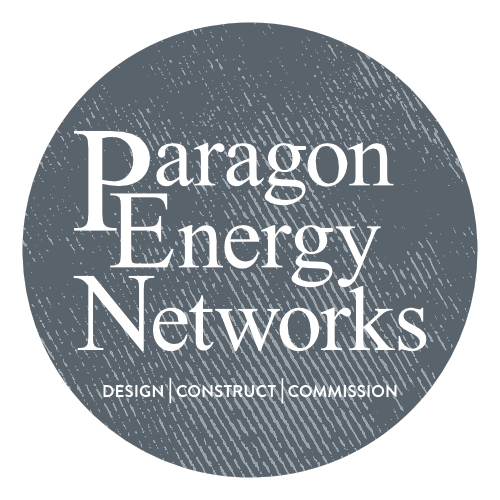As cities grow and transportation demands increase, finding sustainable solutions becomes essential. One cutting-edge innovation in this quest is the use of solar energy for maglev trains. This approach not only enhances train efficiency but also significantly reduces reliance on fossil fuels, paving the way for a greener future in public transit.
Imagine traveling at high speeds without the noise and pollution associated with traditional trains. Solar-powered maglev technology leverages renewable energy sources, making it a viable alternative to conventional rail systems. By harnessing the sun’s power, these trains offer a compelling solution to some of the major challenges faced by modern transportation networks.
Embracing this innovative method can transform how you think about travel and sustainability. As we explore the potential of solar energy in maglev trains, you will discover how this technology promises to revolutionize both speed and environmental stewardship in public transport systems.
Basics of Maglev Train Technology
Maglev trains utilize magnetic forces for both levitation and propulsion, offering significant advantages over traditional rail systems. Understanding the fundamental principles and how they compare to conventional trains highlights their innovative nature.
Principles of Magnetic Levitation
Magnetic levitation relies on the interaction between magnetic fields to lift and propel the train. There are two main types: Electromagnetic Suspension (EMS) and Electrodynamic Suspension (EDS).
In EMS, electromagnets on the train attract it to the track, maintaining a small gap. EDS uses superconducting magnets to create strong repulsive forces that lift the train higher above the guideway. This reduces friction, allowing for smoother and faster travel.
Maglev trains operate on dedicated tracks, which minimizes the risk of collisions with other vehicles. Advantages include:
- Reduced noise levels
- Lower maintenance costs
- Higher energy efficiency
Comparison to Traditional Train Systems
Traditional trains rely on wheels and tracks, creating friction that limits speed and increases wear. They also produce noise and vibration, impacting passenger comfort.
In contrast, maglev trains eliminate wheel-to-track contact. This leads to multiple benefits:
- Speed: Maglev trains can achieve speeds exceeding 300 mph.
- Energy Efficiency: Reduced resistance means lower energy requirements.
- Safety: The absence of rail infrastructure issues, such as track wear, enhances reliability.
While traditional trains play a crucial role in transportation, maglev technology presents an efficient, modern alternative. The implementation of solar energy in conjunction with maglev systems could further enhance sustainability and operational efficiency.
Incorporating Solar Energy into Maglev Trains
Integrating solar energy into maglev trains can significantly enhance their sustainability and efficiency. This approach focuses on utilizing solar panels, optimizing energy management, and implementing design innovations that maximize energy use.
Solar Panels and Energy Storage
You can harness solar energy by installing photovoltaic (PV) panels on train rooftops and station infrastructure. These panels convert sunlight into electricity, which can be used to power onboard systems or feed into the grid.
Energy storage systems, such as lithium-ion batteries, allow excess energy generated during sunny periods to be stored for later use. This stored energy can support operations during cloud cover or at night, ensuring a consistent power supply.
Effective solar panel placement is crucial; you should consider factors like angle, orientation, and environmental obstructions to optimize energy capture.
Energy Management Systems
An advanced energy management system (EMS) can monitor and control energy usage in real-time. By analyzing energy consumption and generation patterns, the EMS can efficiently allocate power between onboard systems and storage.
You might implement predictive algorithms that adjust train operations based on energy availability. During periods of high energy generation, the train can increase speed or power auxiliary services without compromising performance.
Data analytics also play a role by tracking maintenance needs and system performance, ensuring that the integration of solar energy remains efficient and reliable.
Design Innovations for Efficiency
Incorporating solar energy into maglev trains requires thoughtful design innovations. Lightweight materials contribute to reduced energy consumption while enhancing speed and performance.
Aerodynamic shapes minimize air resistance, allowing trains to travel faster on less power, which complements the use of solar energy. Additionally, designing systems that recycle waste heat can further improve efficiency.
You may also consider modular designs that allow easy upgrades for solar technology as it evolves, ensuring that the trains remain at the forefront of sustainable transportation. Transitioning to solar energy in maglev systems not only helps in operational efficiency but contributes significantly to reducing the carbon footprint.

